- Home
- About Us
- Tel : +91 33 4022 9591
Bohol IslandView all the popular packagesOffers
1 Popular Packege(s)
Area 4821 Square Kilometers
Population 1.23 Million
Winter Temperature 28°C
Summer Temperature 25°C
Best Time To Visit The High Season on Bohol's beaches, is considered from December till March. During this time the weather in Bohol is usually dry with only very few rain showers from time to time. The temperature during this high season ranges from 28°C to 32°C in the daytime and drops to about 25°C in the night.
Starting in March until July it gets hot in Bohol, with temperatures rising up to 38°C in the day time. In the same time however it starts raining again from time to time but the rain cools the air only for a very short period of time.
The Typhoon Season in the Philippines lasts from June till December. Luckily, Bohol is located a little south of the infamous "Typhoon Street" and gets so rarely hit by the Typhoons. There might be some heavy rain in Bohol however, when there is a Typhoon somewhere near in in Philippines.
The best time to travel to Bohol is from December until April but ever after this, it's still nice since the beaches are not so full and the prices for hotels come down a little. August to November can be called the "wet season" an might not be the best time time to visit Bohol Island since its raining quite a lot.
Overview

The easiest way from Cebu City to Bohol island is to take a ferry at Cebu-Mactan Port. Most of boats move off from Peer 1. You can get a ferry that go to Tagbilaran or Tubigon ports. In most cases it's more convenient to go to Tagbilaran.
The Chocolate Hills

The Philippines boast of some of the most unique and mystical natural wonders. But none can match the popularity of the Chocolate Hills, which form the major tourist attraction in the central island of Bohol, otherwise known for its exotic beaches. These hills constitute an unusual geographical formation and still bewilder people all around the world. The number of small individual mould hills comprising the area is estimated to be anywhere around 1,268 to 1,776, covering a total area of more than 50sqkm, distributed through the towns of Batuan, Sagbayan, and Carmen.
Panglao Island
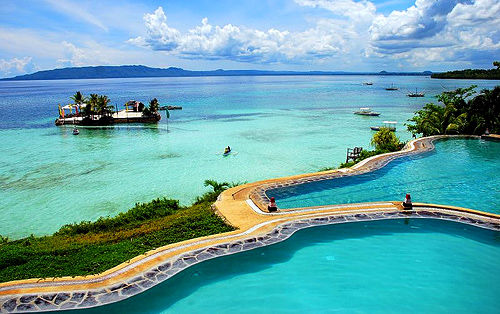
A listed world UNESCO Heritage Site, Panglao Island has incredible richness in marine biodiversity and a varying terrain that consists of hills and plains. Politically, it is divided into two municipalities Dauis and Pangalo, part of the Bohol Province. Situated southwest of Bohol and east of Cebu it is easily accessed via a short boat trip from either island. Most visitors come to explore the extensive marine and coral reefs. Sun worshippers should seize the opportunity to bask on the sensational islets of Gak-ang and Pontod.
The Philippine Tarsier Foundation
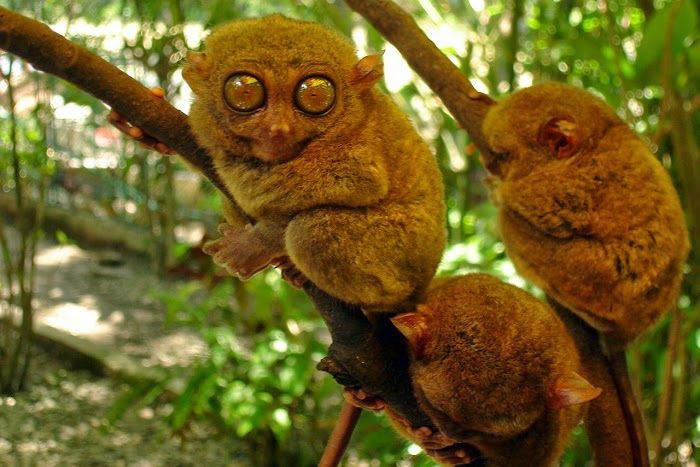
After the Chocolate Hills the tarsiers inhabiting the island of Bohol, are probably its second biggest attraction. One of the smallest primates on Earth, no bigger than an adult man's hand, they face danger from the deforestation of their natural habitat. Take the opportunity to go and visit the tarsiers in its natural habitat and observe the way they live.
Sandugo Blood Compact Site
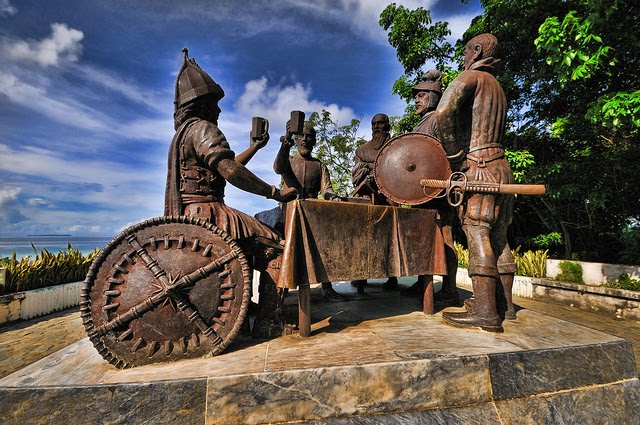
The Sandugo Blood Compact Site was built to commemorate the blood compact peace treaty between de Legazpi and Sikatuna on March 16, 1565. Performed between the Spanish explorer Miguel Lopez de Legazpi and Datu Sikatuna of Bohol, to signify the bond shared between the Filipinos and Spaniards, it is considered the first treaty to represent their international relations â 'sandugo' meaning 'one blood'. This is now a hallmark of the Bohol Province and as a symbol for peace, illustrated on the flag. Set in the context of the Philippines' history this is considered a key moment in their history. The international treaty of friendship can be visited at the location of where the ship anchored and the treaty was performed.
Baclayon – Church of Our Lady of the Immaculate Conception
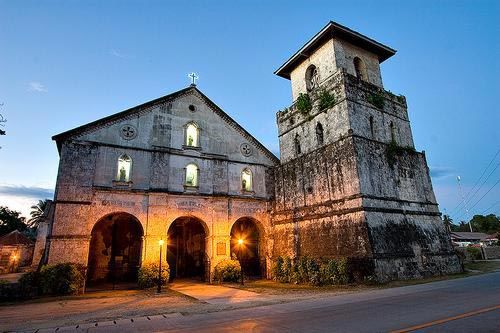
One of the oldest churches in the Philippines, dating back to the 16th century, it has been remodeled and rebuilt, finally sticking with its current form which was completed in 1717. Baclayon became a parish, and construction of a new church commenced, built by some 200 indentured native laborers. One of the best preserved Jesuit churches in the region. Location: Baclayon is some six kilommetres east of Tagbilaran. Remarks: Catch a bus or jeepney in Tagbilaran, going into the direction of Baclayon. You may also find a tricycle willing to bring you there.
Loon church
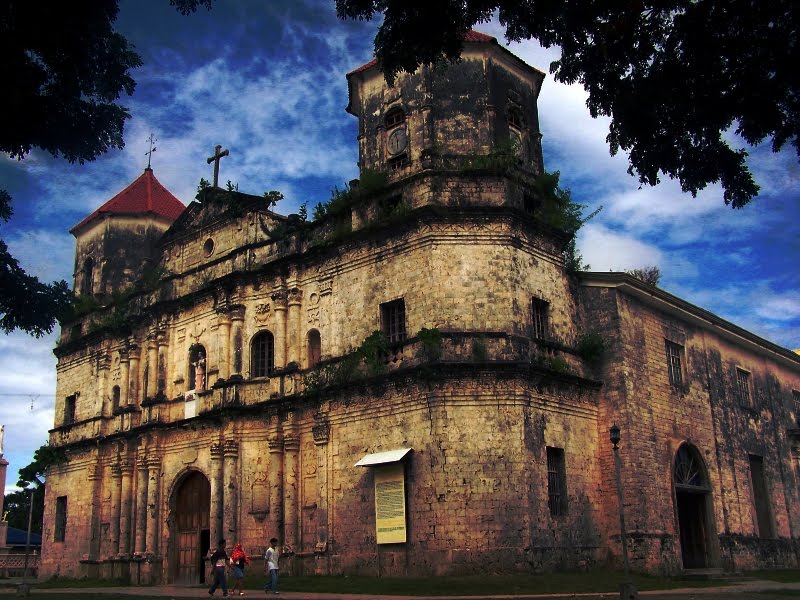
The biggest church in Bohol, The Church of Our Lady of Light in Loon, includes a chapel that was constructed during the term of Fray Manuel de Elizalde in 1753 and two octagonal bell towers, and is also fully symmetric. The Augustine Recollects were later replaced by the current church in Ionic and Corinthian style.
Santo Nino Church in Cortes
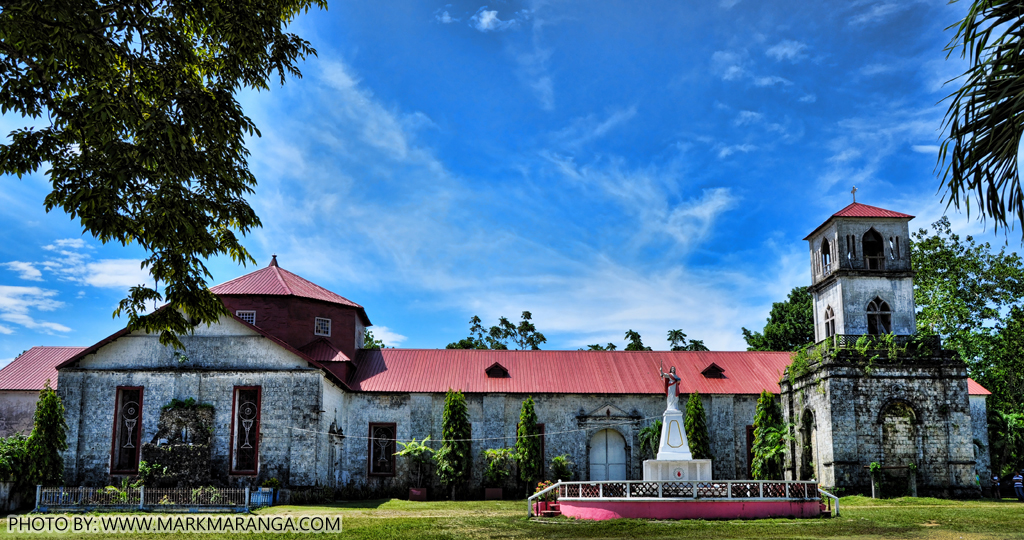
Established as an independent parish in 1793, it was renamed Paminguitan and is currently known by the ancient name, Malabago. The interior is dominated by the painted ceiling done by Ray Francia. The main room has twisted Solomonic columns and profusely carved flanges in the Baroque idiom, a contrast to the otherwise revivalist line of the church. Built from coral, the church complex sits on a plateau facing the sea and near the mouth of the Loboc River. A flight of stairs connects the church complex to the rest of the town located at the foot of the hill.
Bingag Cave

Some time ago, no one dared enter this cave for fear they would not remerge, but there's no need to worry about that now although the entrance is so narrow only one person can enter at any one time.
Buhong Taiwan

A limestone hill serves as the entrance to this cave that was used as a refuge during WW II when the Japanese invaded the Philippines. The entrance, measuring five metres long, leads to a 100-metre long cavern that is home to a number of different bird and bat species.
Mag-aso Falls
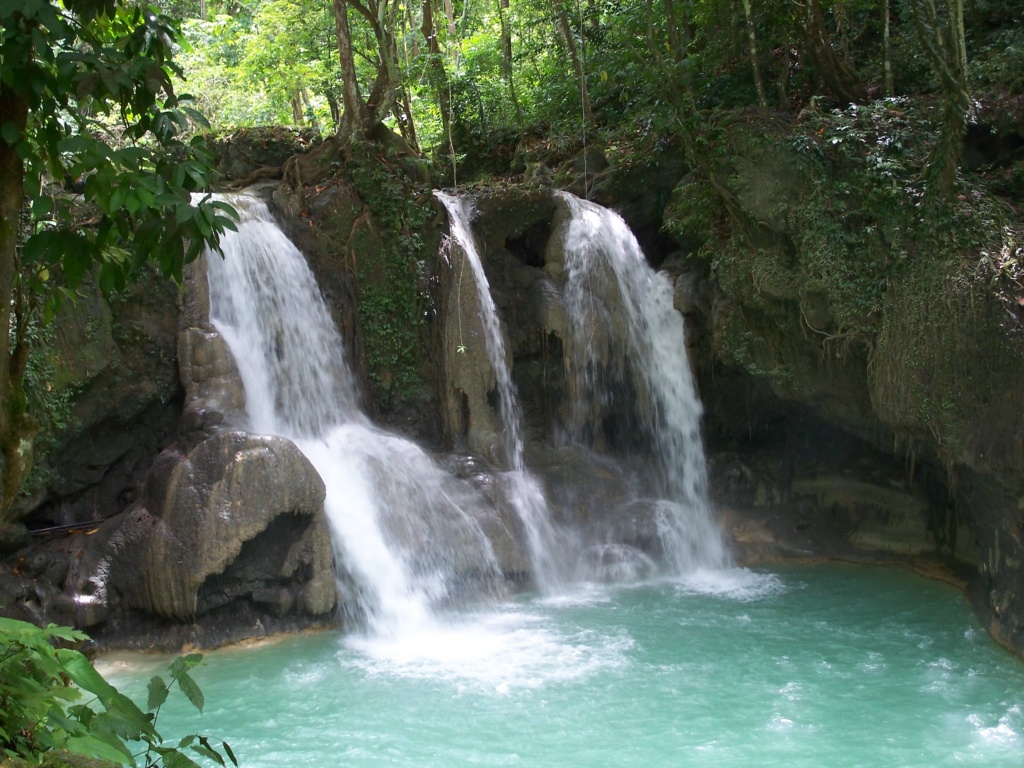
Situated in the heart of Antequera (the basket-making capital) visitors can reach the falls simply by hiring a tricycle or motorcycle. It is incredibly tourist friendly around these parts; steps have been built so there is less of a risk factor involved in reaching and leaving the waterfall. The name âmag-asoâ derives from the Visayan term âasoâ meaning smoke, in reference to the 'smoke' or water vapour that emerges from the cascading waters, which is simply spectacular.
Antequera - Basket ware
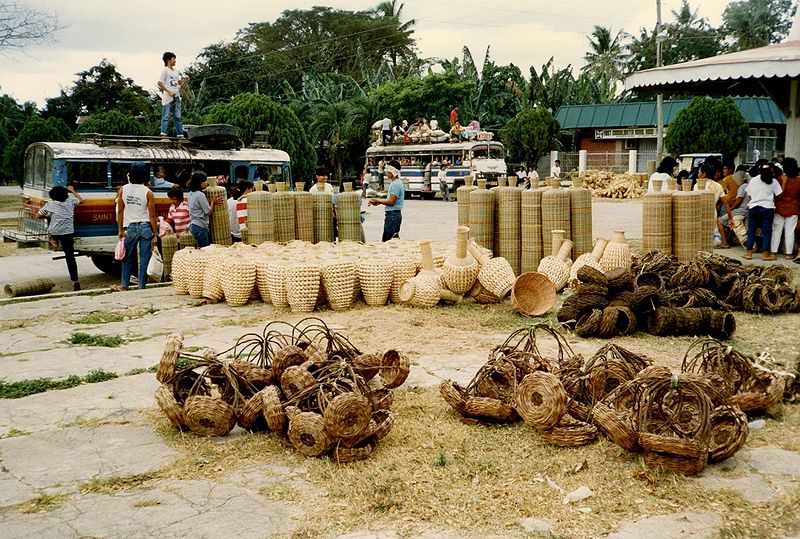
To date, there are approximately 10,000 weavers from Antequera who support three established firms in the industry. If you are interested in acquiring some basket ware, be sure to venture to the west of Tagbilaran City, where Anteqeura lies. Roughly 30 minutes from Tagbilaran City, this is considered to be the basket capital of Bohol, an island renowned for its weaving skills that have been passed down from generation to generation.
Bohol Quality Mall
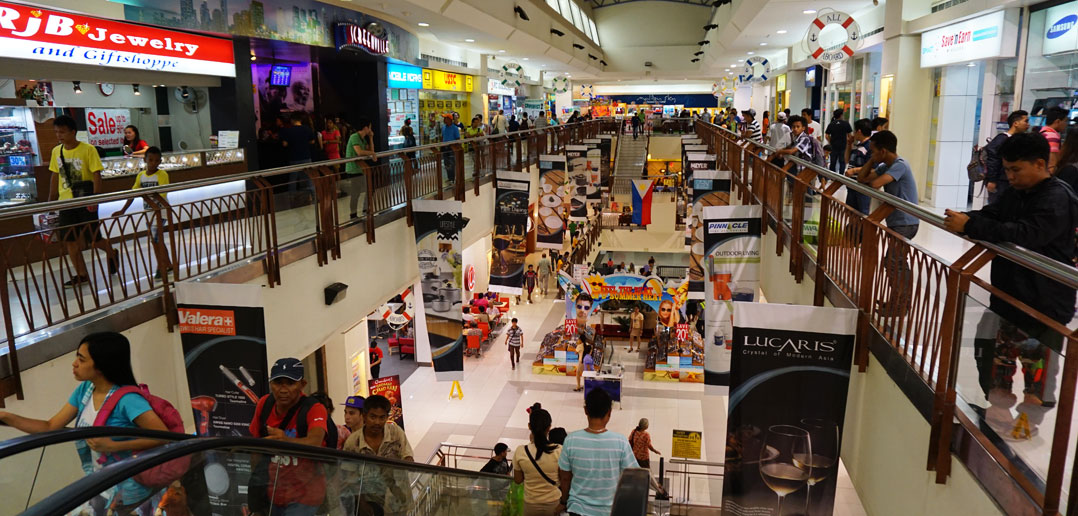
The second-largest shopping centre in Tagbilaran City, it has recently been renovated with new floors and additional shops. The mall is packed with restaurants, clothing boutiques, used and unused books and much more. Air conditioned and relatively modern, Bohol Quality Mall can definitely entertain for an hour or two if you are wanting to escape the midday sun.
Island City Mall
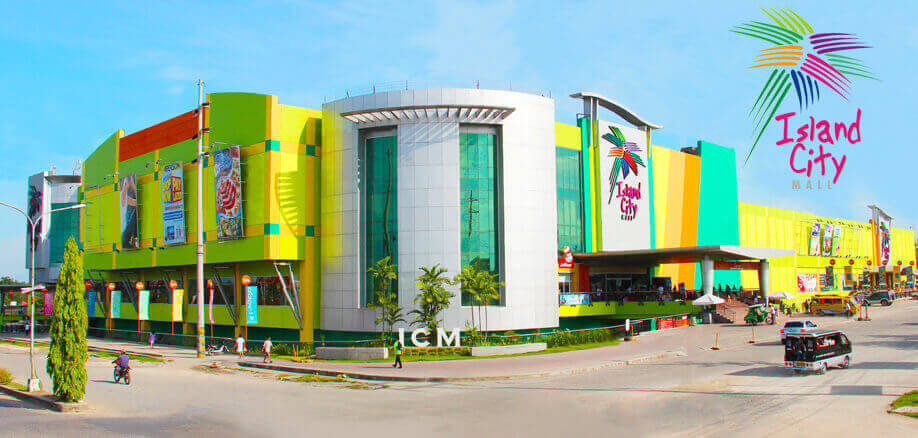
The island's most recently opened and subsequently biggest shopping mall is both diverse and rich in content, recreational options and food choices. The food hall is a popular hangout with both families and Boholâs youth, who choose to eat and socialise in the air-conditioned basement. This is the place to head to pick up appropriate summer apparel, literature both old and new and the latest technology. Foreigners should note that the ATM does not accept foreign cards, so bring enough cash so as you wonât be disappointed.
Plaza Marcela
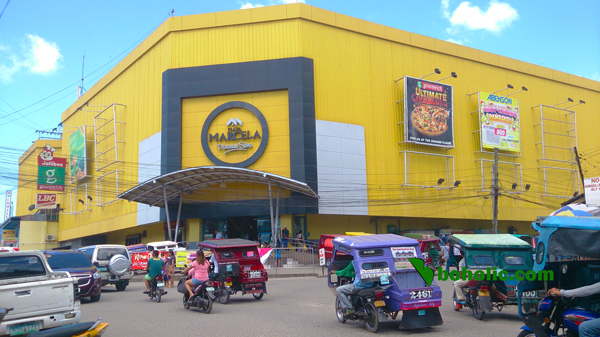
Opened in 1997, this is considered one of the island's more attractive malls, in other words both the exterior and interior are quite flash. Bohol locals are drawn to the mall by the special events often hosted here including live performances and competitions. There are many specialty stores and the reasonably priced restaurants also add to its appeal. Its positioning in a busy part of the capital makes it the most accessible of all Bohol's malls.
Bee Farm
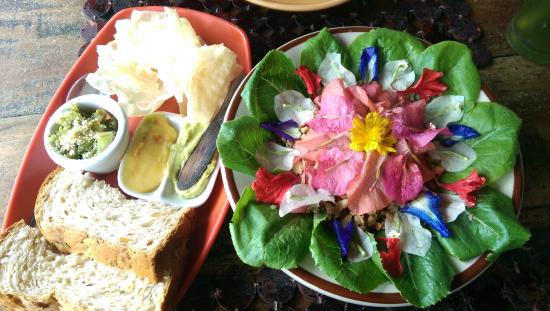
This is both a guesthouse and a restaurant, one that promotes sustainable and eco-friendly farming. The menu features an array of organic delights made from the freshest ingredients, truly one of the island's most endearing and enjoyable dinning venues. Not only is the food superb, but the setting for the restaurant is equally as majestic. Overnight guests will be subjected to a series of activities that seek to rejuvenate the mind, body and soul. Invigorating stuff!
The Pyramid
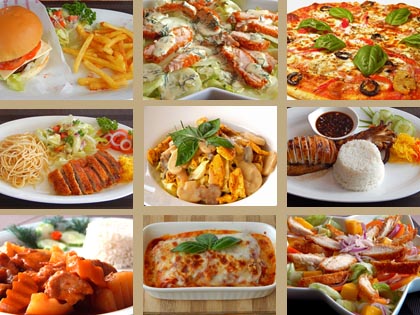
Idyllically placed by a waterfront, the panoramic view of the ocean makes for a relaxed and romantic dining atmosphere. Down on the popular tourist site of Alona Beach, this restaurant attracts many visitors due to its positioning but more so due to the mouthwatering food. Comprising both western and local fare, the pork cordon bleu comes highly recommended as does the freshly grilled BBQ meat, which goes perfectly with a cold beer. The wine list features both fine Italian and Californian wines.
Loboc's Floating Restaurants
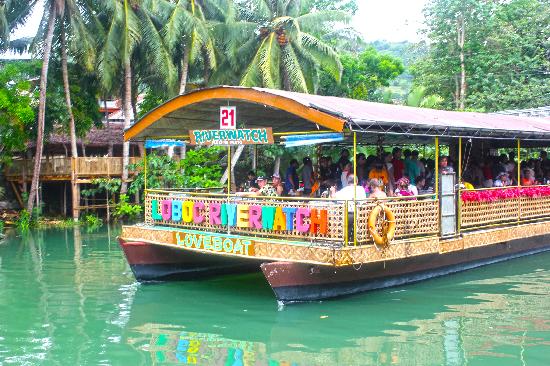
One of Boholâs well-known and best-loved eateries is the Loboc Floating Restaurants. There are different boats, each offering buffet-style restaurants. Guests can cruise along the scenic and meandering Loboc River, while enjoying some good wine and full plate of food. You can enjoy live music both onboard and during stopovers, when musicians serenade you with the romantic sound of an acoustic guitar.
Location: Loboc River
Jo’s Chicken Inato (aka Payag Restaurant)

Considered to be the best joint to venture into if you want to turn your taste buds on to local food, Joâs Chicken serves up some tasty treats that wonât go unappreciated. The marinade is what makes this a successful grilled and barbecued chicken chain. Guests can choose to dine inside in the air-conditioned room or upstairs on an outdoor terrace. Either way, itâs a cheap and good feed.
JJ’s Seafood Restaurant
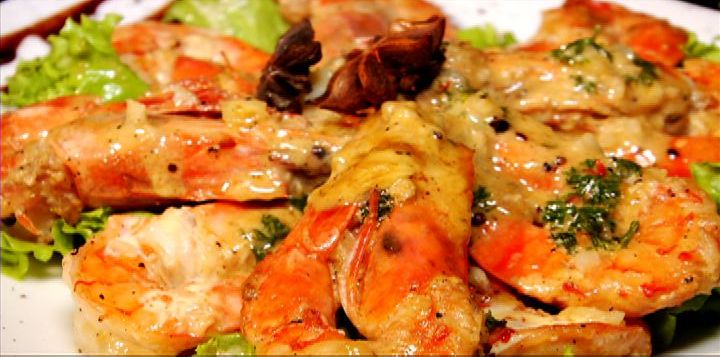
One of the freshest seafood eateries on the island, with as little as 300 pesos you can fill up. Famous for its delectable shrimps and fish caught that very same day; JJ's is a great place to come with a group. Top off the whole JJ experience with the sprawling view of Tagbilaran accompanied by a chilled beer of glass or wine.

